
Kudos has partnered with CardRatings and Red Ventures for our coverage of credit card products. Kudos, CardRatings, and Red Ventures may receive a commission from card issuers. Kudos may receive commission from card issuers. Some of the card offers that appear on Kudos are from advertisers and may impact how and where card products appear on the site. Kudos tries to include as many card companies and offers as we are aware of, including offers from issuers that don't pay us, but we may not cover all card companies or all available card offers. You don't have to use our links, but we're grateful when you do!
Costco Gas vs. Sam’s Club Gas vs. Grocery Store Points: True Cost Breakdown + Best Cards
July 1, 2025


Finding cheap, high-quality gas can feel like a game of strategy. Between Costco, Sam’s Club, and grocery store fuel rewards, it’s easy to wonder where the real savings lie. Each system has its quirks — from exclusive memberships to loyalty point expirations — and the best deal depends as much on your habits as on the posted price at the pump.
This guide breaks down the true cost of fuel across the three most popular savings options — and shows how the right credit card can multiply your rewards even further.
Understanding Your Fuel Options
Every driver wants the same thing: reliable fuel, consistent quality, and the best possible price per gallon. But with different membership structures, credit card tie-ins, and redemption systems, comparing Costco, Sam’s Club, and grocery fuel programs requires more than glancing at the sign outside. Below, we’ll examine each option’s pricing, perks, and potential drawbacks — then show how to factor in memberships, points, and credit card rewards to find your personal “best buy.”
Costco Gas: Exclusive Savings and Quality You Can Trust
Costco Gasoline has built a near-cult following, and for good reason. Its reputation for both low prices and high-quality fuel makes it one of the best-known member perks of the wholesale chain.
Membership Required
Only Costco members can buy fuel at Costco stations. You’ll need to scan your Costco membership card at the pump before fueling. The membership requirement keeps pricing exclusive to paying members — one of the reasons Costco can maintain competitive margins.
Fuel Quality
Costco’s Kirkland Signature™ Gasoline is Top Tier™ certified, meaning it meets higher standards for detergents and additives that keep engines cleaner over time. This certification is used by several major automakers to identify premium-quality fuels, making Costco’s gas an easy way to protect engine performance while saving money.
Pricing Advantage
Costco typically undercuts nearby competitors by $0.10–$0.25 per gallon, depending on the market. Over a year of fill-ups, those small differences can add up to substantial savings — especially for multi-car households.
Accepted Payment Methods
Costco’s limited payment system is important to note:
- Visa® credit cards only
- Costco Anywhere Visa® Card by Citi
- Most debit cards
- Costco Shop Cards
Other major credit networks (Mastercard, American Express, Discover) aren’t accepted, even inside the warehouse.
Drawbacks
- Membership required (Gold Star: $60/year, Executive: $120/year)
- Stations are typically located only at warehouse sites
- Long lines during peak hours
The takeaway: if you’re already a Costco shopper, gas savings compound your membership’s value. But if you live far from a warehouse or prefer non-Visa cards, convenience may offset the price advantage.
Sam’s Club Gas: Competitive Prices and Flexible Payments
Sam’s Club delivers fuel savings similar to Costco’s but with a few key differences — especially around accepted payments and convenience.
Membership Required
Sam’s Club fuel is exclusive to members, who can choose between:
- Club Membership ($50/year)
- Plus Membership ($110/year)
Both unlock fuel discounts at Sam’s Club stations nationwide.
Fuel Quality
While Sam’s Club doesn’t advertise Top Tier™ certification, its gas still meets or exceeds federal standards for detergents and additives. In practice, drivers report little difference in performance or mileage compared with name-brand fuels.
Pricing Advantage
Sam’s Club often matches Costco’s prices within a few cents, making it one of the most affordable fuel options available. Depending on your region, it can occasionally even beat Costco’s rates, especially in areas with lower fuel competition.
Accepted Payment Methods
Sam’s Club offers far more payment flexibility than Costco:
- Sam’s Club® Mastercard® (5% cash back on gas, up to $6,000/year; 1% thereafter)
- Most major credit cards: Visa, Mastercard, Discover, and American Express
- Debit cards and Walmart gift cards
This wider acceptance makes Sam’s Club fuel accessible even if your primary card isn’t a Visa.
Drawbacks
Like Costco, you’ll need to weigh:
- Annual membership cost
- Potential wait times
- Limited locations tied to warehouse sites
Still, Sam’s Club’s flexible payment options can make its stations more convenient for everyday use, especially if you value using different cards for rewards.
Grocery Store Fuel Points: Turning Everyday Spending into Pump Discounts
For shoppers loyal to chains like Kroger, Safeway, or Albertsons, fuel rewards programs offer a creative way to save on gas without an annual membership. Instead of direct discounts at the pump, you earn points on groceries that translate into per-gallon savings later.
How It Works
Most grocery fuel programs offer:
- 1 point per $1 spent on groceries
- Bonus points for gift cards or pharmacy purchases
Every 100 points typically equals $0.10 off per gallon, redeemable at partner gas stations (like Shell or Kroger Fuel Centers).
Example:
Spend $1,000 on groceries → Earn 1,000 points → Get $1.00 off per gallon, up to a set limit (often 20–35 gallons).
The Savings Potential
The bigger your household — or the more you buy groceries and gift cards strategically — the faster you can rack up discounts. Families who combine large monthly grocery spends with fuel point redemptions can save $10–$30 per fill-up.
Key Limitations
- Expiration: Points usually expire at the end of the following month.
- Redemption caps: Discounts often apply to a maximum of 20–35 gallons.
- Limited locations: Partner gas stations vary by region.
Strategy Tips
- Centralize your shopping: Stick to one chain to maximize point accumulation.
- Buy gift cards: Purchasing retailer or restaurant gift cards earns double or triple points at some stores.
- Time your fill-ups: Redeem points when your tank is near-empty to maximize the discount.
For shoppers who prefer flexibility without paying a membership fee, grocery fuel points offer powerful, but temporary, savings.
The True Cost Breakdown
When comparing these fuel-saving strategies, it’s essential to look beyond the pump price and consider membership costs, convenience, and real-world use.
Factoring in Membership Fees
Both Costco and Sam’s Club require annual fees. To see real savings, you need to purchase enough gas (and other goods) to offset that cost.
Example:
- Costco Gold Star Membership: $60/year
- Average savings: $0.10 per gallon
- You’d need to purchase roughly 600 gallons per year — about 12 fill-ups for an average driver — just to break even.
Frequent drivers or households with multiple vehicles reach that threshold easily. For light drivers, grocery fuel points might deliver better value without the membership fee.
Convenience Factor
Location matters. If your warehouse club requires a long detour, that extra mileage may erase your savings. Grocery partner stations tend to be more widespread, but their discounts fluctuate based on how much you shop.
The Role of Credit Card Rewards
Credit cards can supercharge your fuel savings when paired strategically with warehouse or grocery purchases.
Co-Branded Warehouse Cards
Costco Anywhere Visa® Card by Citi (See Rates & Fees):
[[ SINGLE_CARD * {"id": "751", "isExpanded": "false", "bestForCategoryId": "15", "bestForText": "Costco Members", "headerHint": "5% Cash Back on Costco Gas Stations"} ]]
- 4% cash back on eligible gas worldwide (including Costco) for the first $7,000 per year, then 1% thereafter
- 3% on restaurants and travel, 2% at Costco and Costco.com, 1% on all other purchases
- No annual fee with a paid Costco membership
- Terms apply
[[ SINGLE_CARD * {"id": "4611", "isExpanded": "false", "bestForCategoryId": "15", "bestForText": "Costco Members", "headerHint": "5% Cash Back on Gas and EV Charging"} ]]
- 5% cash back on gas and EV charging (up to $6,000/year, then 1%)
- 3% back on dining and travel, 1% on other purchases
- No annual fee for cardholders with a Sam’s Club membership
- Terms apply
Both cards combine member-only fuel pricing with competitive rewards — an easy way to double-dip savings if you’re already fueling up at those stations.
General Cash-Back and Rewards Cards
If you prefer grocery store programs or non-membership gas stations, general-purpose rewards cards might fit better. Some options earn 3%–5% back on gas or bonus rewards on grocery spending, which indirectly boosts your fuel points.
Kudos lets you compare these cards and others directly so you can start earning today. Use the Explore Tool to compare cards side by side and find the best rewards, rates, and more.
Plus, with Kudos, you can even test drive a card before you apply — seeing exactly how it would reward your real grocery runs and fill-ups, so you know which one fuels the most savings for your lifestyle.
[[ CARD_LIST * {"ids": ["497","3041", "260"]} ]]
Combining Strategies for Maximum Savings
The most effective approach is often a mix of tactics:
- Warehouse + Co-Branded Card:
Use the Costco Anywhere Visa® Card at Costco gas stations or the Sam’s Club Mastercard® at Sam’s Club stations. This earns both discounted pricing and top-tier cash back. - Grocery + Rewards Card:
Use a grocery rewards credit card to earn points or cash back while building fuel discounts. - Track Expiration Dates:
Fuel points can expire quickly — use them before they vanish. - Factor in Distance:
If a cheaper station is far out of your way, the savings may evaporate in extra mileage.
With mindful planning, combining these programs can save hundreds of dollars annually on fuel and everyday spending.
Choosing the Best Fuel Savings Strategy for You
Your best option depends on where you live, how much you drive, and which memberships you already hold.
Choose Costco If You…
- Already shop there regularly
- Want Top Tier™ certified fuel at some of the lowest prices around
- Use a Visa® card (especially the Costco Anywhere Visa® Card by Citi)
- Don’t mind occasional lines
Choose Sam’s Club If You…
- Prefer payment flexibility (Visa, Mastercard, Amex, Discover)
- Value consistent low prices and shorter lines
- Want to earn 5% back on gas with the Sam’s Club Mastercard®
Choose Grocery Fuel Points If You…
- Spend heavily on groceries each month
- Prefer flexibility without paying a membership fee
- Live near a partner station and redeem points regularly
No single option fits everyone — the winner is whichever aligns best with your lifestyle, shopping habits, and preferred payment cards.
Final Thoughts
Fuel is one of the few recurring costs you can consistently control with the right strategy. Costco and Sam’s Club deliver straightforward, per-gallon discounts for members, while grocery store fuel programs reward loyalty through everyday spending. Add in the right credit card, and your total savings can rival — or even surpass — warehouse pricing.
If you’re already loyal to one retailer, double down on their ecosystem and card partnerships. If you’re flexible, test each option for a month and track your results.
Whichever route you choose, a bit of planning can turn every fill-up into a small win — one tank at a time.
Unlock your extra benefits when you become a Kudos member

Turn your online shopping into even more rewards

Join over 400,000 members simplifying their finances

Editorial Disclosure: Opinions expressed here are those of Kudos alone, not those of any bank, credit card issuer, hotel, airline, or other entity. This content has not been reviewed, approved or otherwise endorsed by any of the entities included within the post.
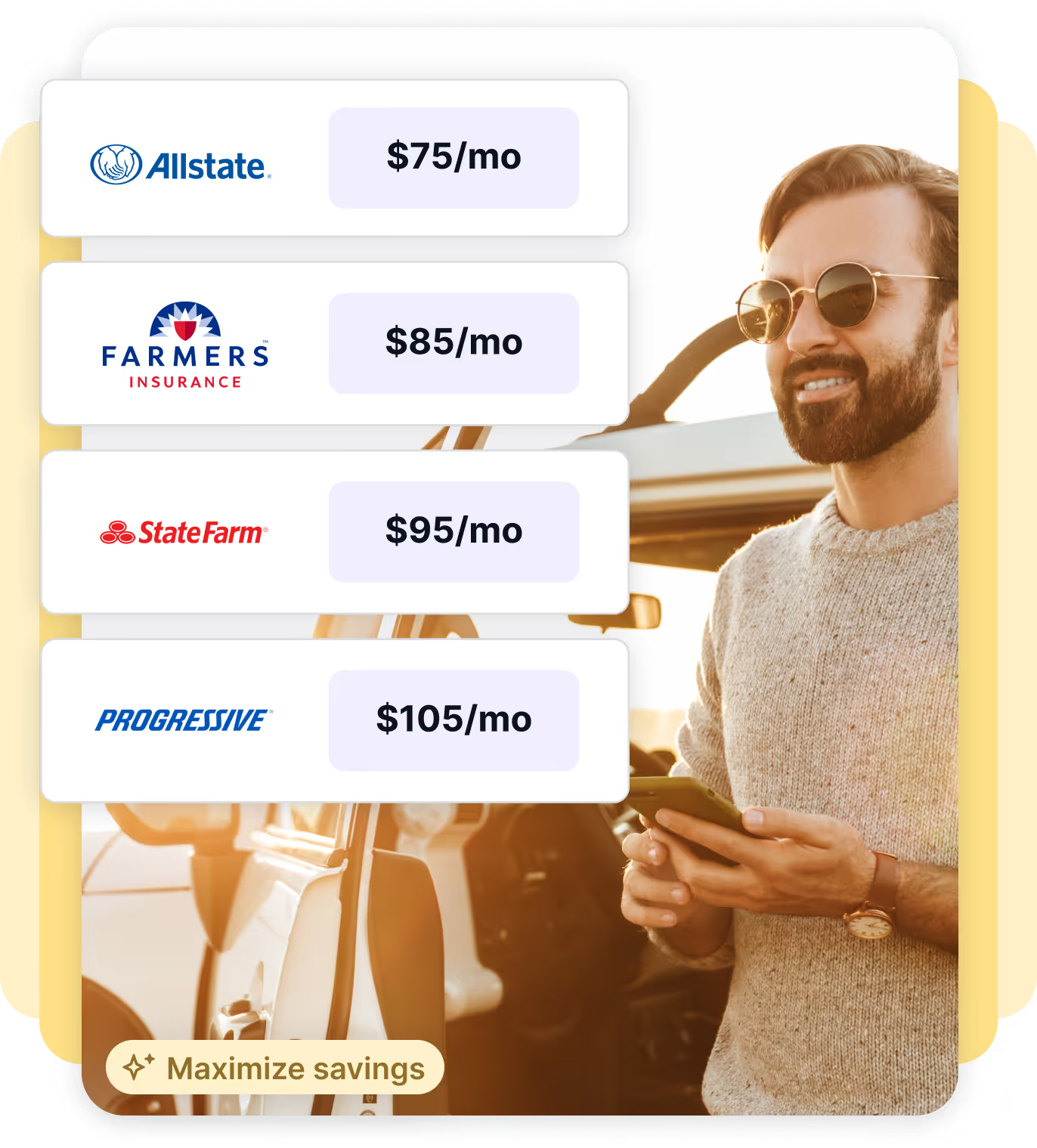
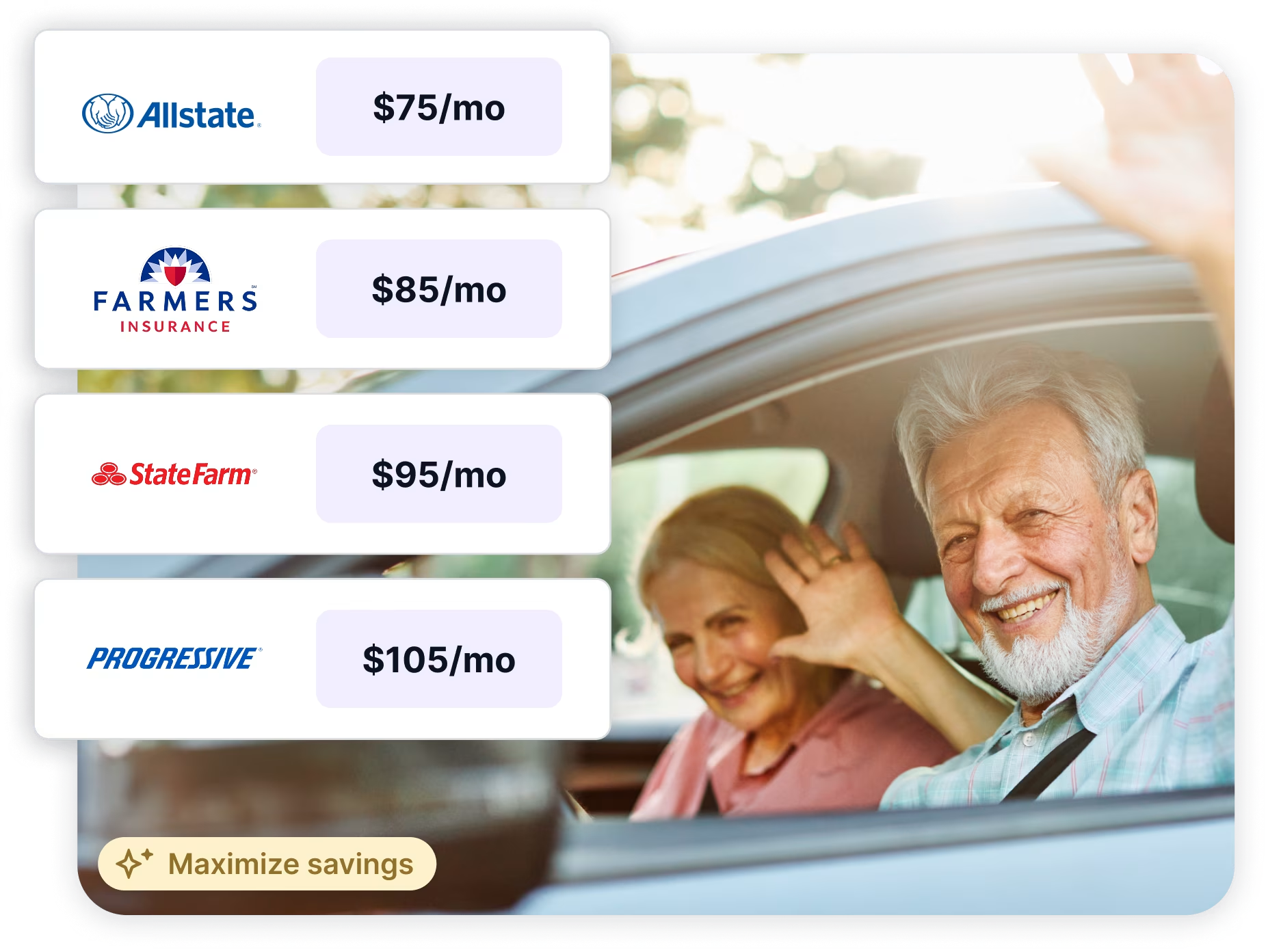
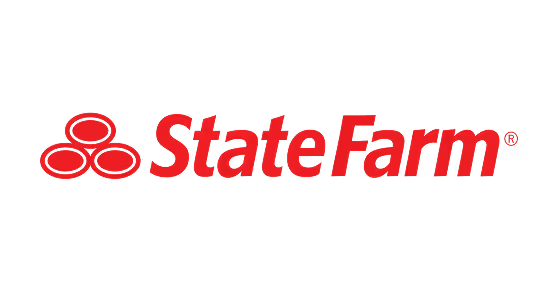
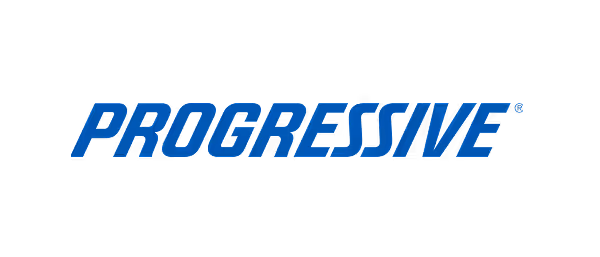
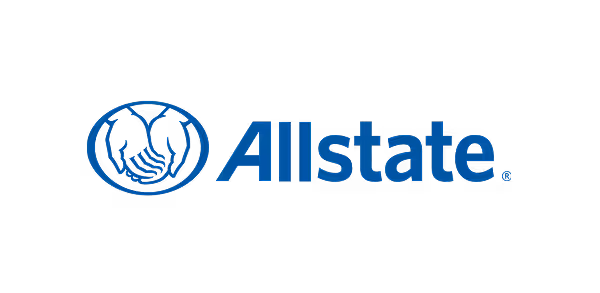



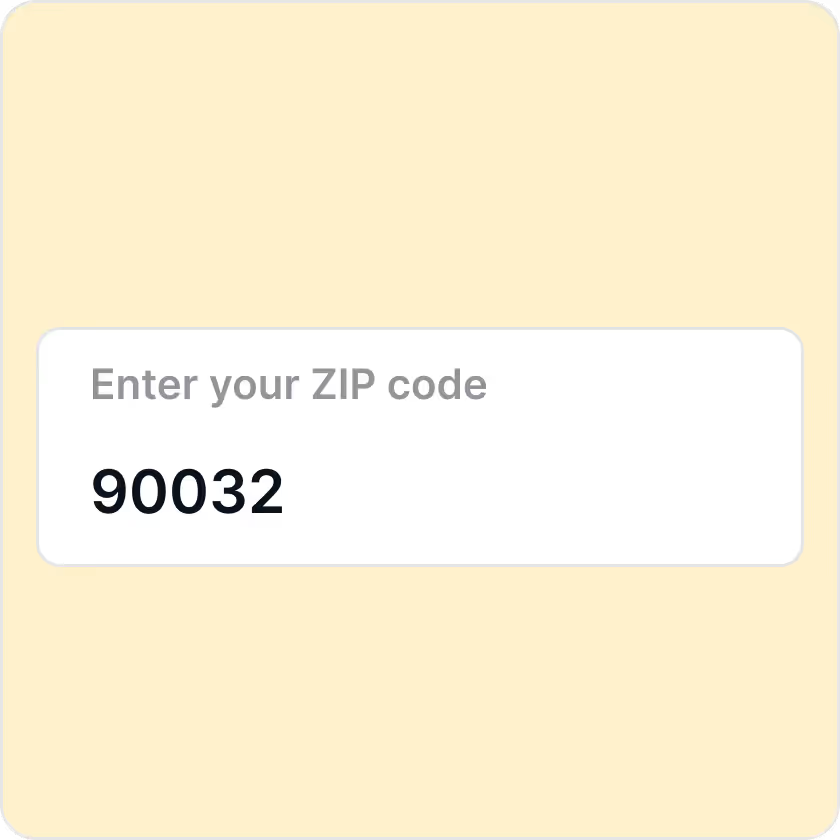

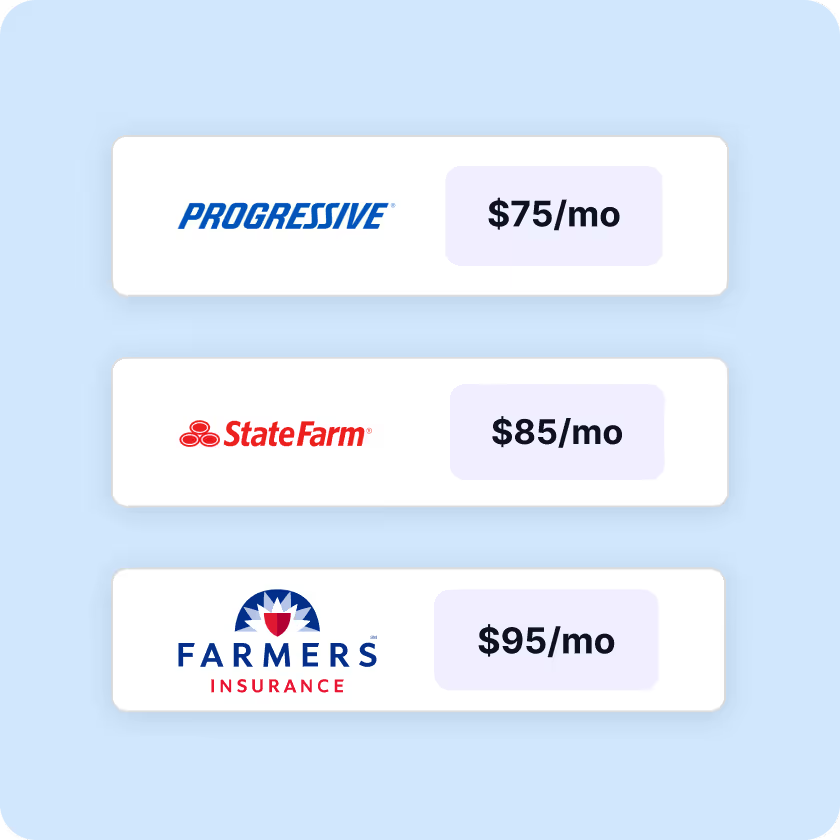
























.webp)
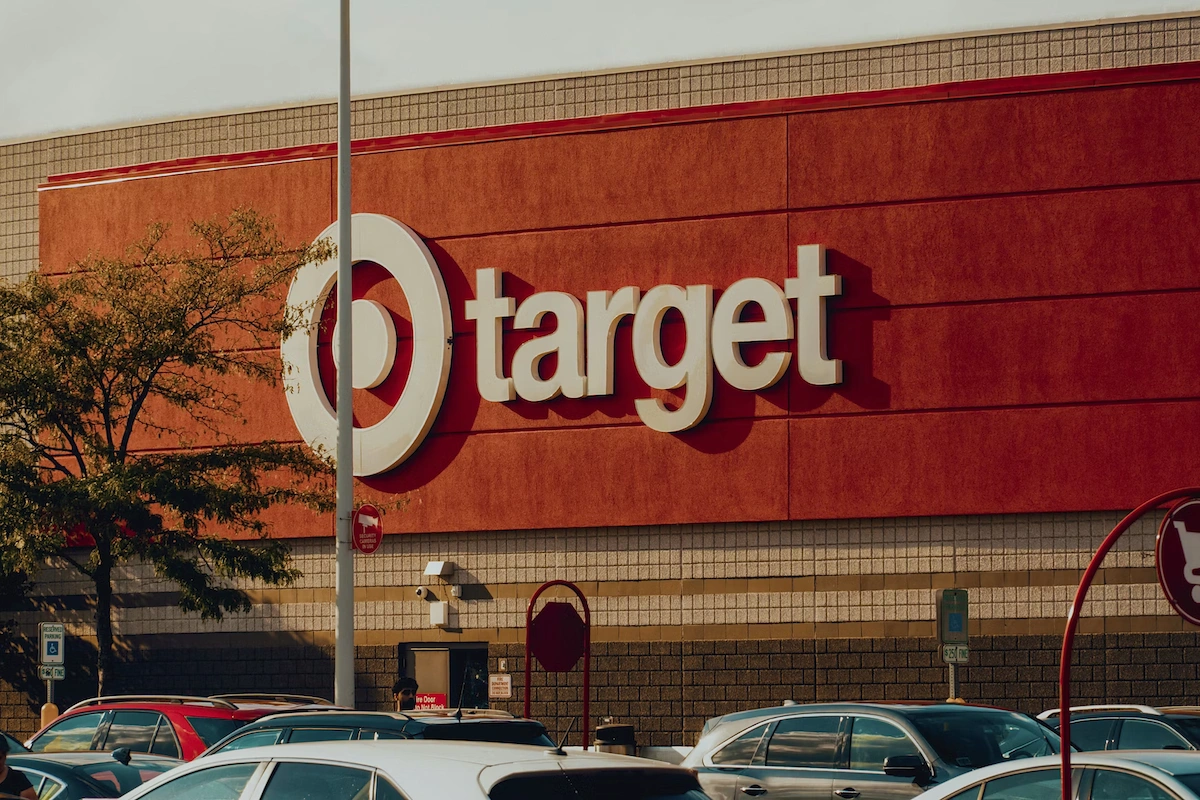


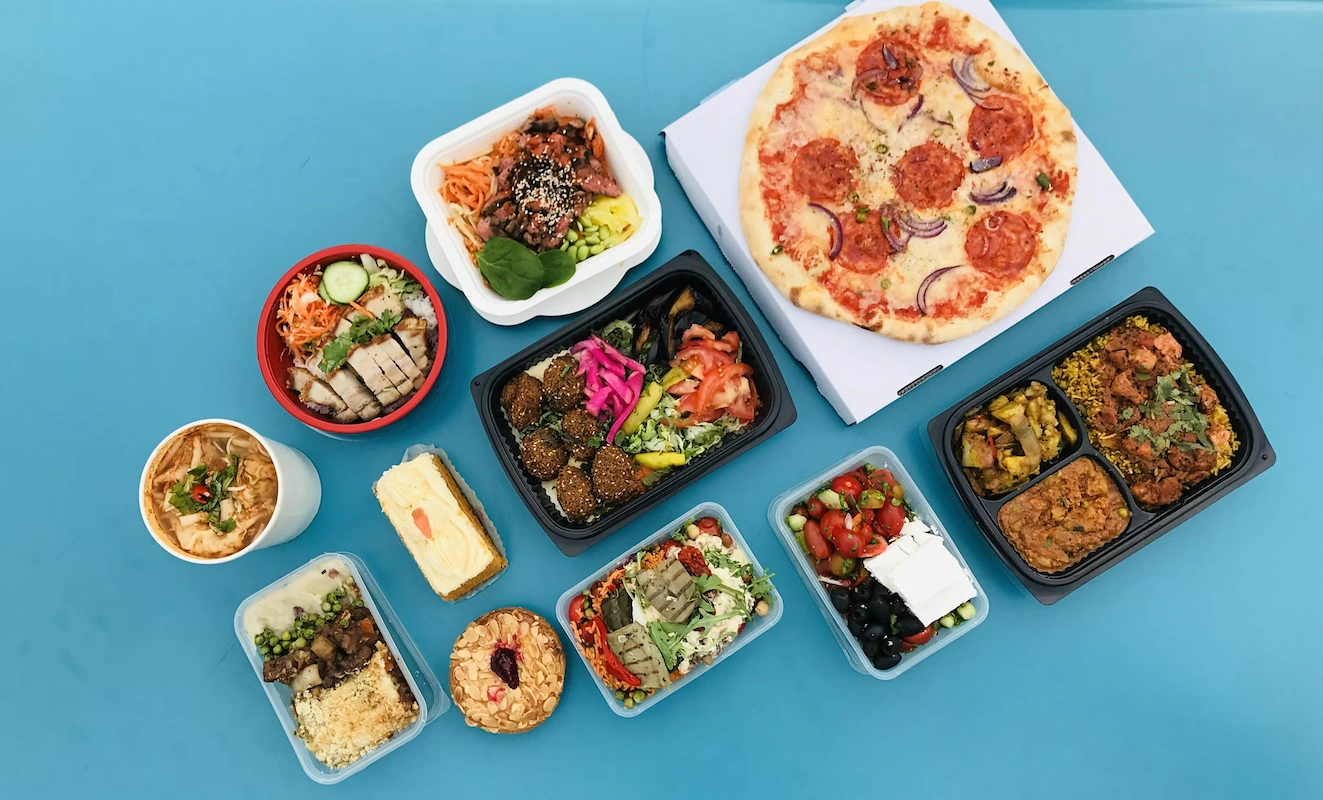

.webp)


.webp)